

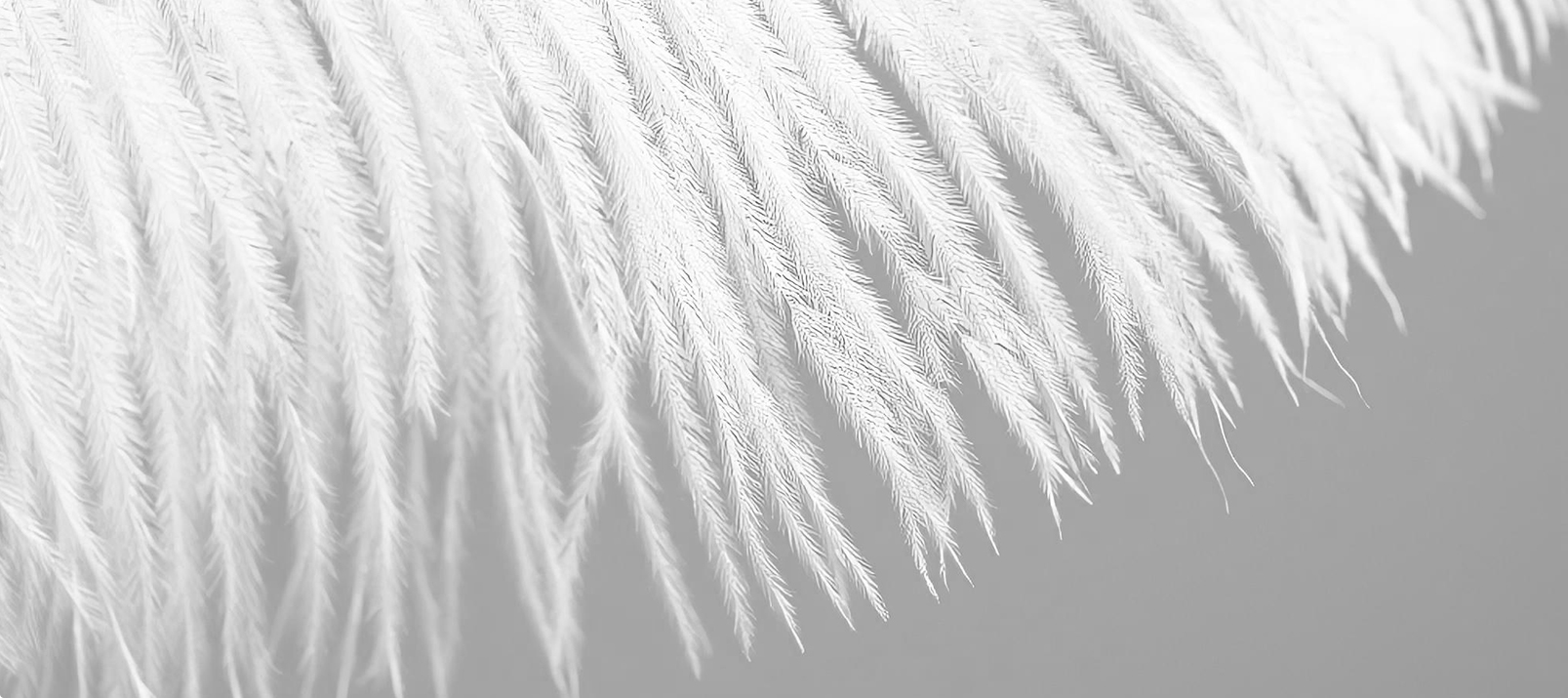




















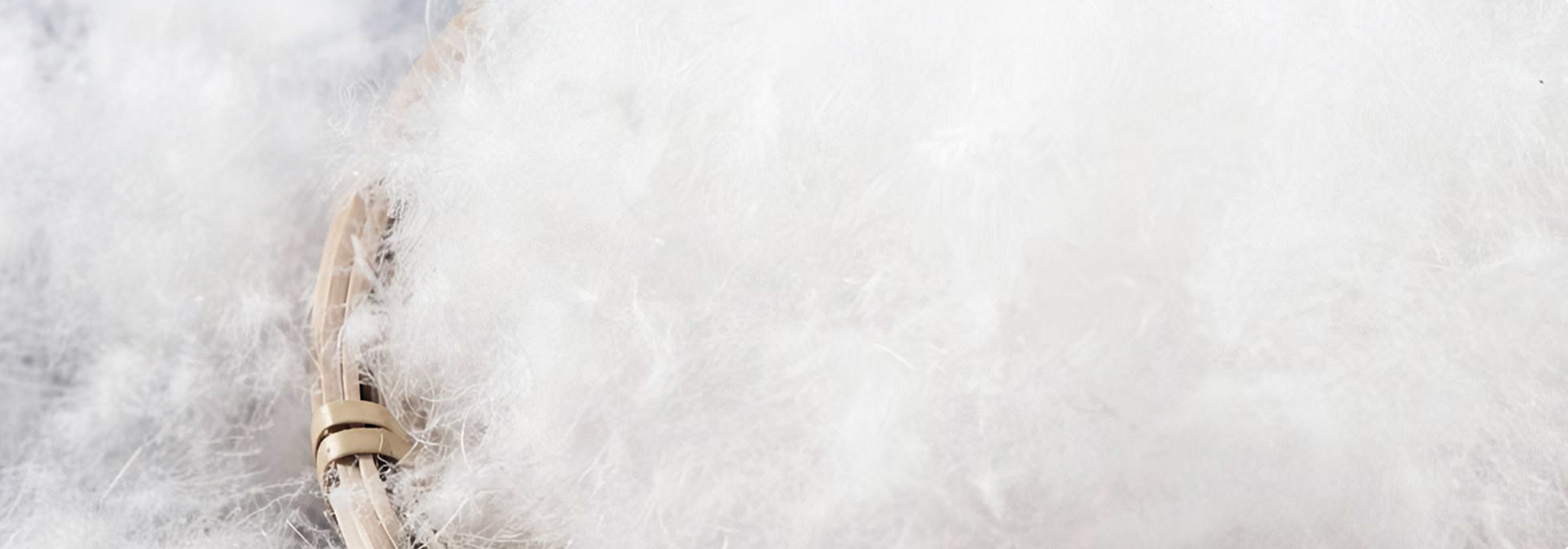




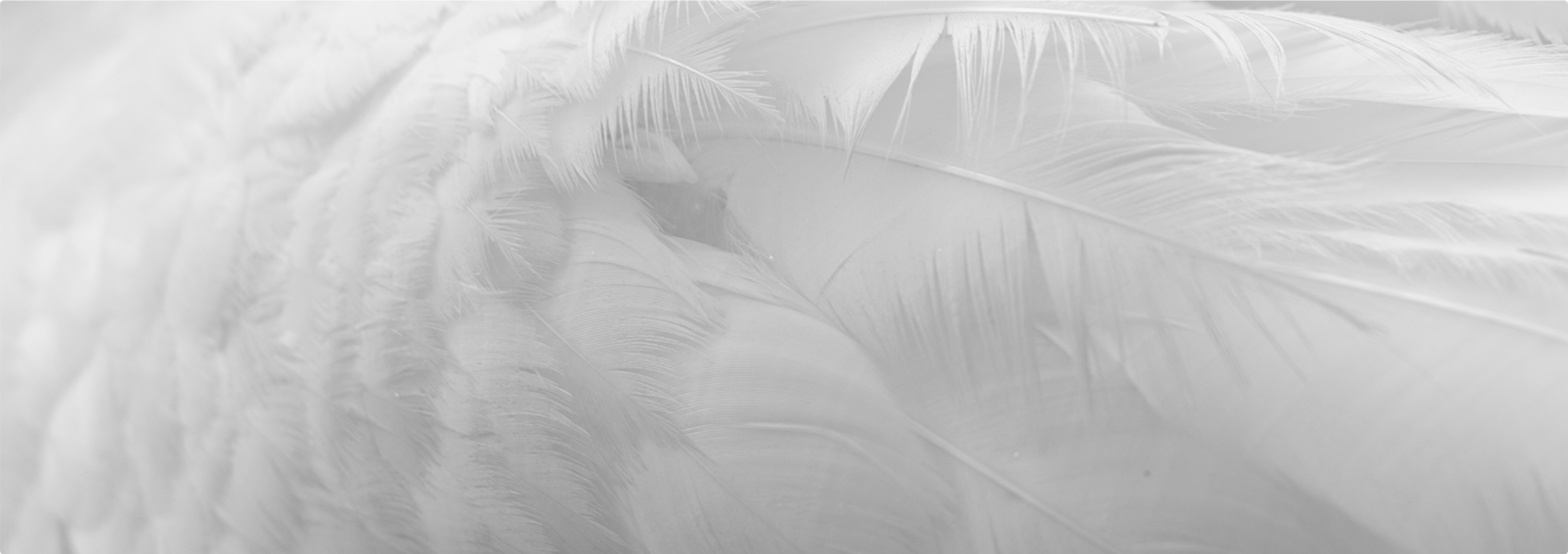





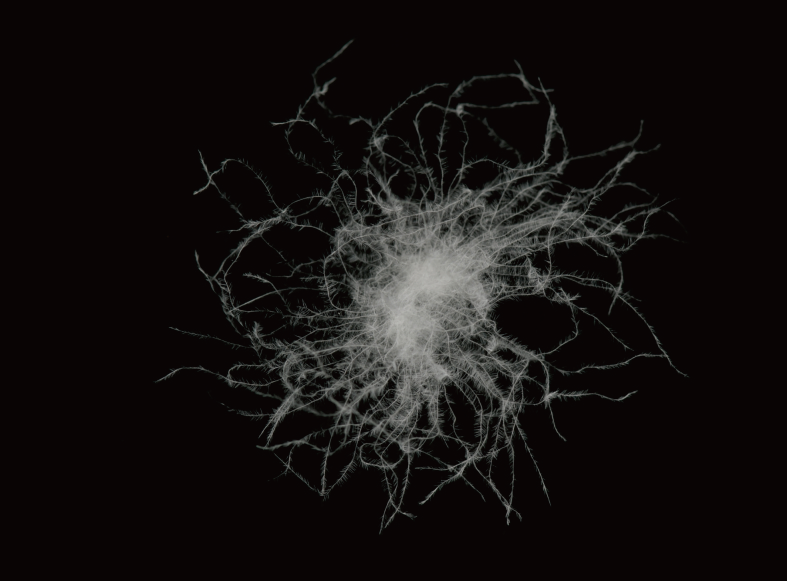
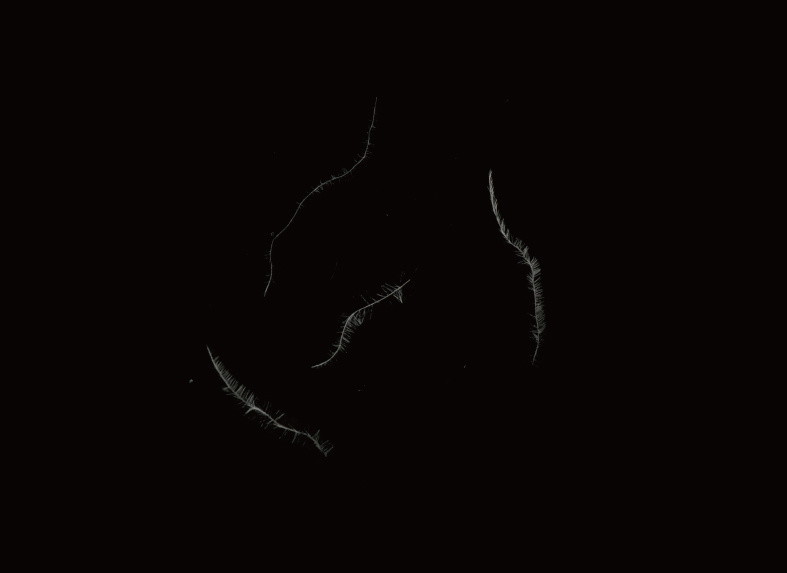
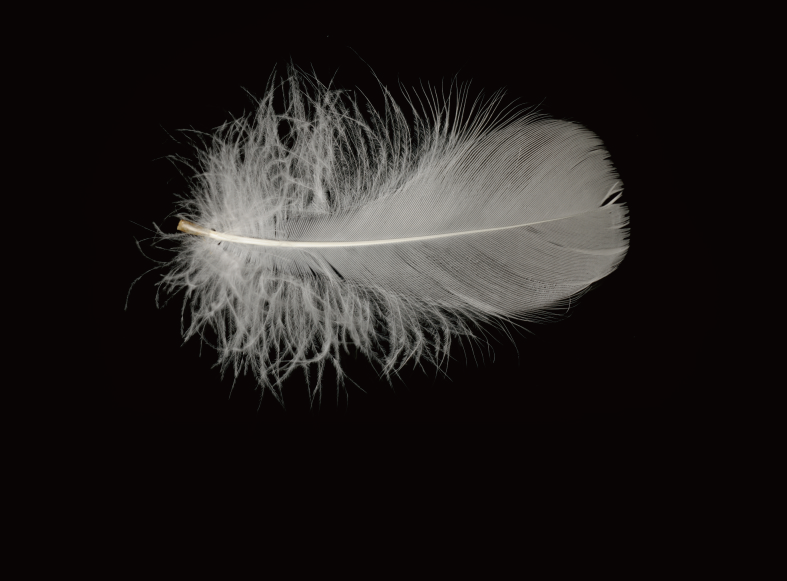
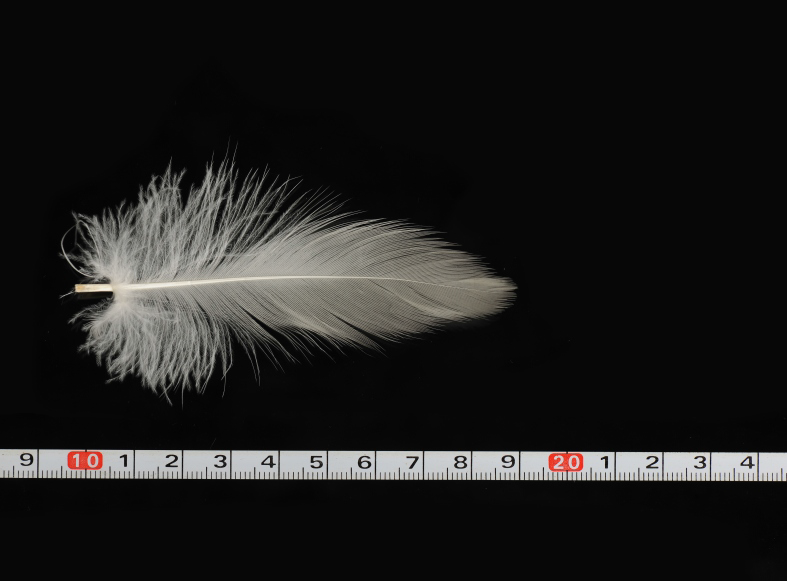

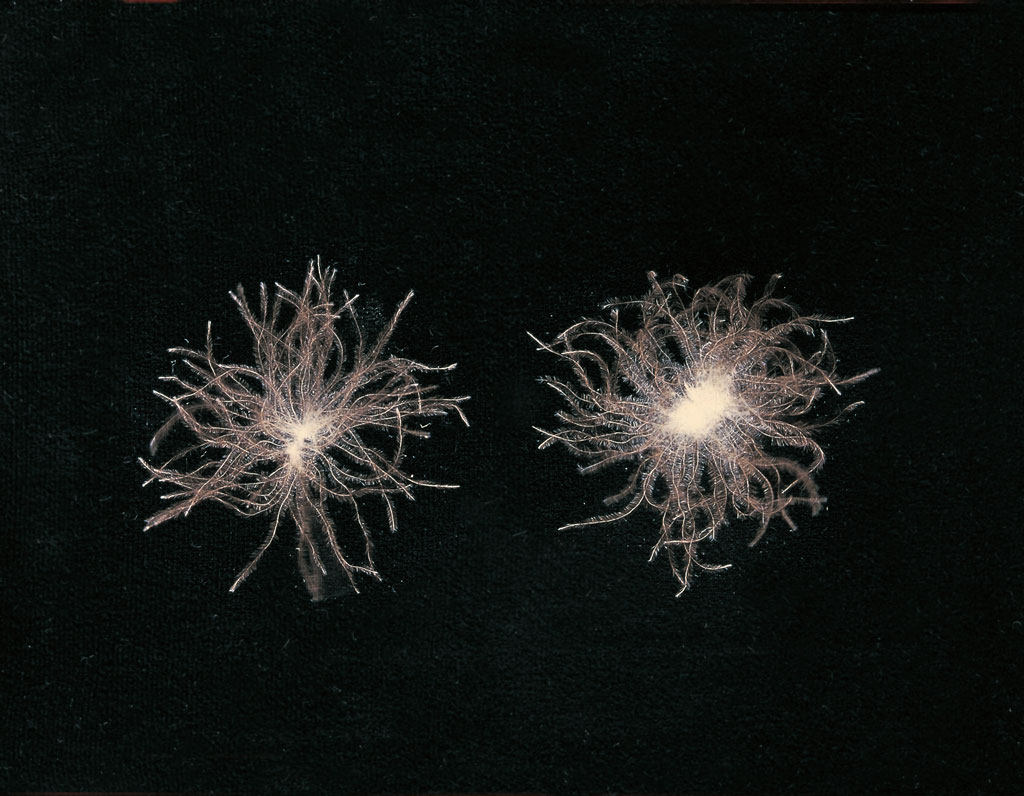
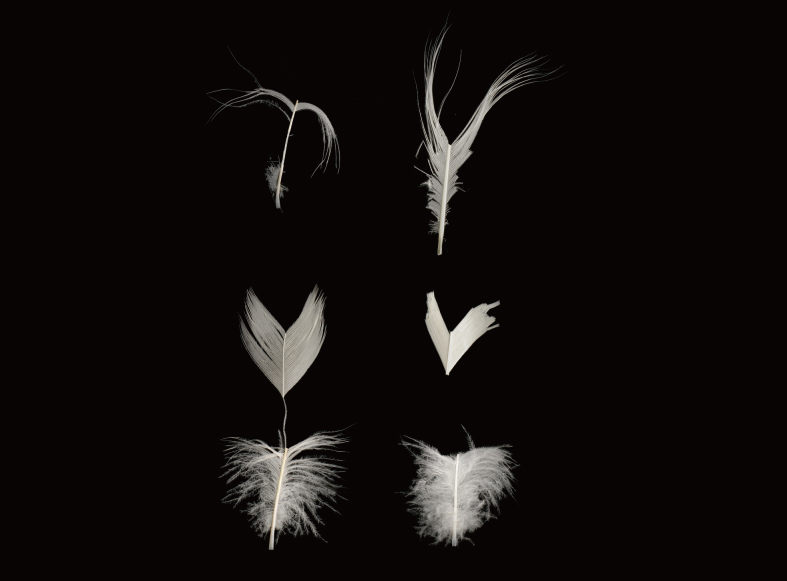

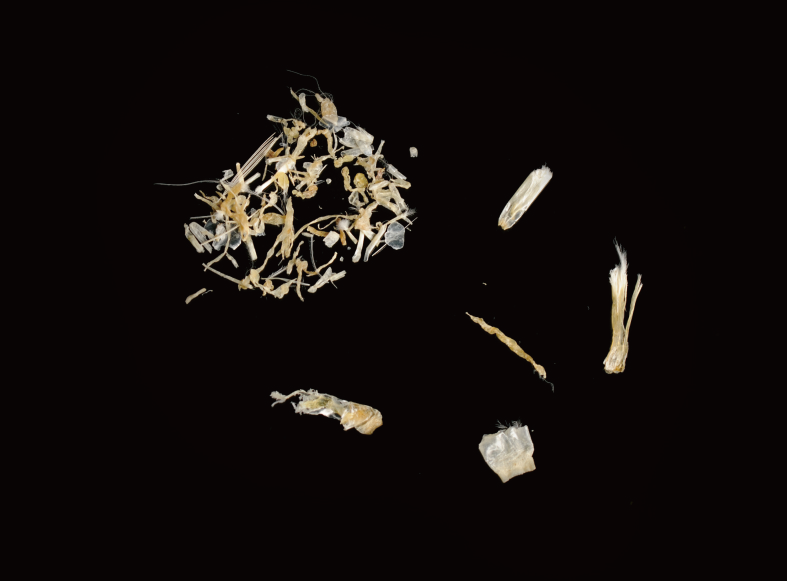

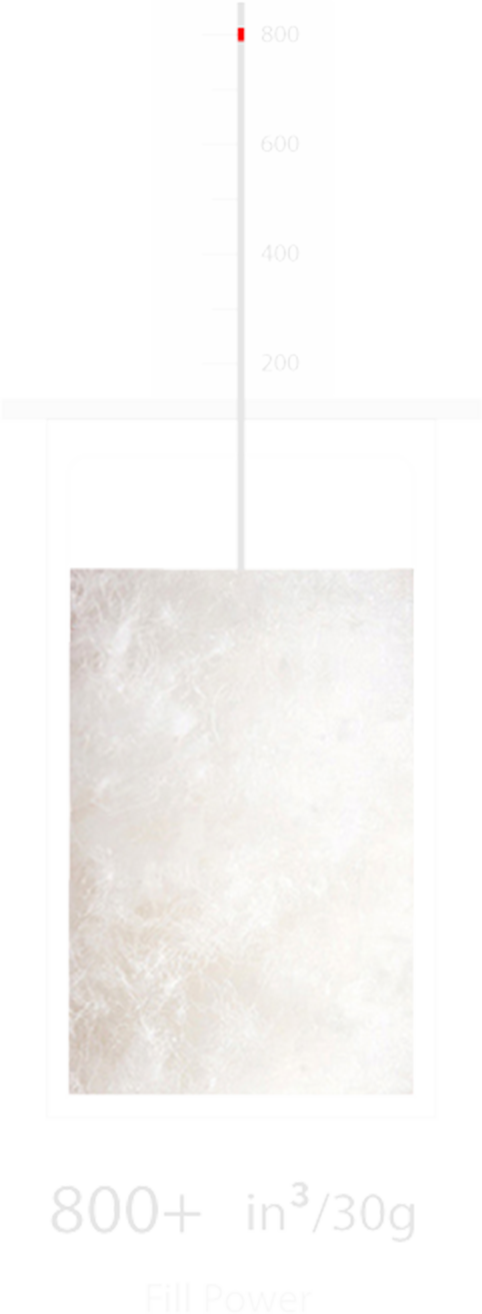
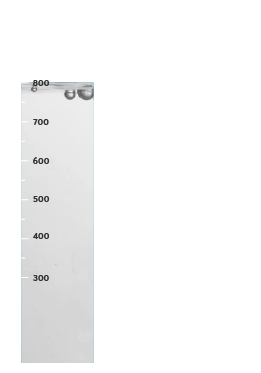


| 标准 / STANDARD | 澳大利亚/Australia AS 2479-2007 | 加拿大/Canada 2000 | 中国/China QB/T 1193,1194,1195&1196-2012 (寝具/Bedding) | 中国/China QB/T 1193,1194,1195&1196-202X (寝具/Bedding) | 中国/China GB/T 14272-2011 (服装/Apparel) | 中国/China GB/T 14272-2021(服装/Apparel) | 欧盟/Europe EN 12934 | 日本/Japan JDFA 寝具/服装Bedding/Apparel | 韩国/Korea KS K2620:2014 | 台湾省/Taiwan Province CNS 2119 N.1034 | 美国/USA-2000 | 臻选安心羽绒标准/Down Plus Supreme Standard |
| 成份分析检测方法 / Content Testing Method | AS 4823.3 | IDFB-3 | GB/T-10288-2003 6.2 | GB/T-10288-2016 | GB/T-14272-2011 Annex C.2 | GB/T-10288-2016 | EN-12131 | JIS -1903 | KS K0820 -7.1 | CNS 13982-3 L3253-3 | IDFB.3 | GB/T-10288-2016 |
| 100%绒 Down (or 100% Down) | NA | 75 | NA | NA | NA | NA | 90.48 | NA | 100 | NA | NA | NA |
| 95%绒/5%毛 95% Down / 5% Feathers | 95 | 71.25 | 90 | 92 | 85.5 | 90 | NA | 95 | 95 | 95 | 95 | 92 |
| 93%绒/7%毛 93% Down / 7% Feathers | NA | 69.8 | NA | NA | NA | NA | NA | 93 | NA | NA | 93 | NA |
| 90%绒/10%毛 90% Down/ 10% Feathers | 90 | 67.5 | 85 | 87 | 81 | 85 | 80.95 | 90 | 90 | 90 | 90 | 87 |
| 85%绒/15%毛 85% Down/ 15% Feathers | 85 | 63.75 | 80 | 82 | 76.5 | 80 | NA | 85 | 85 | 85 | 85 | 82 |
| 80%绒/20%毛 80% Down/ 20% Feathers | 80 | 60 | 75 | 77 | 72 | 75 | 71.43 | 80 | 80 | 80 | 80 | 77 |
| 75%绒/25%毛 75% Down/25% Feathers | 75 | 56.25 | 70 | 72 | 67.5 | 70 | NA | NA | 75 | 75 | 75 | 72 |
| 蓬松度 / FILL POWER | ||||||||||||
| 检验方法 / Test Method | EN12130 | No official method. Most use IDFB Steam | QB/T 1193,1194,1195,&1196 2012 Annex D | GB/T-10288-2016 | GB/T 14272-2011 Annex C.3 | GB/T 14272 Annex C.3 | EN 12130 | Down Power JIS L1903 | Fill Power & Fill Height KS K 0820 7.4 | CNS 13982-8 L3253-8 | IDFB Part 10-B | GB/T-10288-2016 |
| 还原方法 / Conditioning Method | 滚动烘干、蒸汽还原、常规还原 /Tumble Dry, Steam Dry, Regular Dry | 无官方指定测试方法 | 蒸汽还原法 / Steam | 蒸汽还原法 / Steam | 烘箱 / Oven | 蒸汽还原法 / Steam | 滚动烘干、蒸汽还原、常规还原 /Tumble Dry, Steam Dry, Regular Dry | 蒸汽还原法 / Steam | 蒸汽还原法 / Steam | 蒸汽还原法 / Steam | 蒸汽还原法 / Steam | 蒸汽还原法 / Steam |
| 圆筒/ Cylinder | EN | IDFB | China | IDFB | China | IDFB | Lorch | JIS Steel Cylinder | JIS Acrylic or Steel | Lorch | IDFB | IDFB |
| 100%绒 Down (or 100% Down) | 标识蓬松度±5% | 标识蓬松度±5% | NA | NA | NA | NA | 标识蓬松度±5% | 日本服装无强制规定偏差范围,JIS-1903对于蓬松度无强制最低要求。(日本寝具新金标签要求≥300cm³/g,超级金标签要求≥350cm³/g,皇家黄金标签要求≥400cm³/g,超值黄金标签要求≥440cm³/g) | NA | 标识蓬松度±5% | 标识蓬松度±5% | NA |
| 95%绒/5%毛 95% Down / 5% Feathers | 20.5cm(鹅)/19.5cm(鸭) | 17.5cm(鹅)/16.5cm(鸭) | 15cm(鹅)/14cm(鸭) | 17.5cm(鹅)/16.5cm(鸭) | 12.5cm | 18cm(鹅)/17cm(鸭) | ||||||
| 93%绒/7%毛 93% Down / 7% Feathers | NA | NA | NA | NA | NA | NA | ||||||
| 90%绒/10%毛 90% Down/ 10% Feathers | 20cm(鹅)/19cm(鸭) | 17cm(鹅)/16cm(鸭) | 15cm(鹅)/14cm(鸭) | 17cm(鹅)/16cm(鸭) | 12cm | 17.5cm(鹅)/16.5cm(鸭) | ||||||
| 85%绒/15%毛 85% Down/ 15% Feathers | 19.5cm(鹅)/18.5cm(鸭) | 16.5cm(鹅)/15.5cm(鸭) | 15cm(鹅)/14cm(鸭) | 16.5cm(鹅)/15.5cm(鸭) | NA | 17cm(鹅)/16.5cm(鸭) | ||||||
| 80%绒/20%毛 80% Down/ 20% Feathers | 19cm(鹅)/18cm(鸭) | 15.5cm(鹅)/14.5cm(鸭) | 15cm(鹅)/14cm(鸭) | 15.5cm(鹅)/14.5cm(鸭) | 11cm | 16cm(鹅)/15cm(鸭) | ||||||
| 75%绒/25%毛 75% Down/25% Feathers | 18.5cm(鹅)/17.5cm(鸭) | 15cm(鹅)/14cm(鸭) | 15cm(鹅)/14cm(鸭) | 15cm(鹅)/14cm(鸭) | 10.5cm | 15.5cm(鹅)/14.5cm(鸭) | ||||||
| 种类鉴定(鹅毛绒含量%) / SPECIES | ||||||||||||
| 国家标准极限范围 / Country Standard Limit | ≥90 | ≥90 | ≥85 | ≥85 | ≥85 | ≥85 | ≥70 | ≥90 | ≥80 | ≥90 | ≥90 | ≥85 |
| 测试方法 / Specie Test Method | AS 2479-2007 Annex C | IDFB-12 | QB/T 1193,1194,1195, &1196 2012 Annex A | GB/T-10288-2016 | GB/T 14272-2011 Annex C.3 | GB/T-10288-2016 | EN 1162X | JIS L 1903 | KS K 0820 | CNS 13982-X L3253-X | IDFB-12 | GB/T-10288-2016 |
| 耗氧量 / OXYGEN | ||||||||||||
| 国家标准极限范围 / Country Standard Limit | <10mg/100g | NA | ≤ 10mg/100g | ≤ 5.6mg/100g | ≤ 10mg/100g | ≤5.6mg/100g | <20mg/100g | <4.8mg/100g | <10mg/100g | NA | <10mg/100g | ≤3.2mg/100g |
| 耗氧量测试方法 / Oxygen Test Method | AS 4823.2 | IDFB-7 | GB/T 10288-2003 6.5 | GB/T-10288-2016 | GB/T 14272-2011 Annex C.7 | GB/T-10288-2016 | EN 1162 | JIS L 1903 | KS K 0820:2014-7.3 | CNS 13982-7 L3253-7 | IDFB-7 | GB/T-10288-2016 |
| 浊度/ TURBIDITY | ||||||||||||
| MM | NA | NA | ≥450mm | ≥500mm | ≥450mm | ≥500mm | >300mm | >500mm | >300mm | >300mm | >300mm | 1000mm |
| 浊度测试方法 / Turbidity Test Method(mm) | AS 4823.7 | IDFB-11 | GB/T 10288-2003 6.6 | GB/T-10288-2016 | GB/T 14272-2011 Annex C.6 | GB/T-10288-2016 | EN1164 | JIS L 1903 | KS K 0820:2014-7.5 | CNS 13982-9 L3253-9 | IDFB-11 | GB/T-10288-2016 |
| 残脂率 / FAT AND OIL | ||||||||||||
| 国家标准极限范围 / Country Standard Limit | NA | NA | ≤1.2% | ≤1.2% | ≤1.3% | ≤1.2% | 0.5% - 2.0% | ≤1.0% | ≤1.5% | NA | NA | ≤1.0% |
| 测试方法 / Test Method | IDFB-4 | IDFB-4 | GB/T 10288-2003 6.7 | GB/T-10288-2016 | GB/T 14272-2011 Annex C.5 | GB/T-10288-2016 | EN1163 | JIS L 1903 | KS K 0820:2014-7.9 | CNS 13982-4 L3253-4 | IDFB-4 | GB/T-10288-2016 |
| 微生物 / MICROBIAL | ||||||||||||
| 国家标准极限范围 / Country Standard Limit | NA | NA | NA | NA | ≥ 10mg/100g时检测 | NA | ≥ 20mg/100g时检测 | NA | NA | NA | NA | 检测 |
| 测试方法 / Test Method | NA | NA | NA | NA | GB/T-14272-2011 Annex C.9 | NA | EN1884 | NA | NA | NA | NA | GB/T-14272-2011 Annex C.9 |